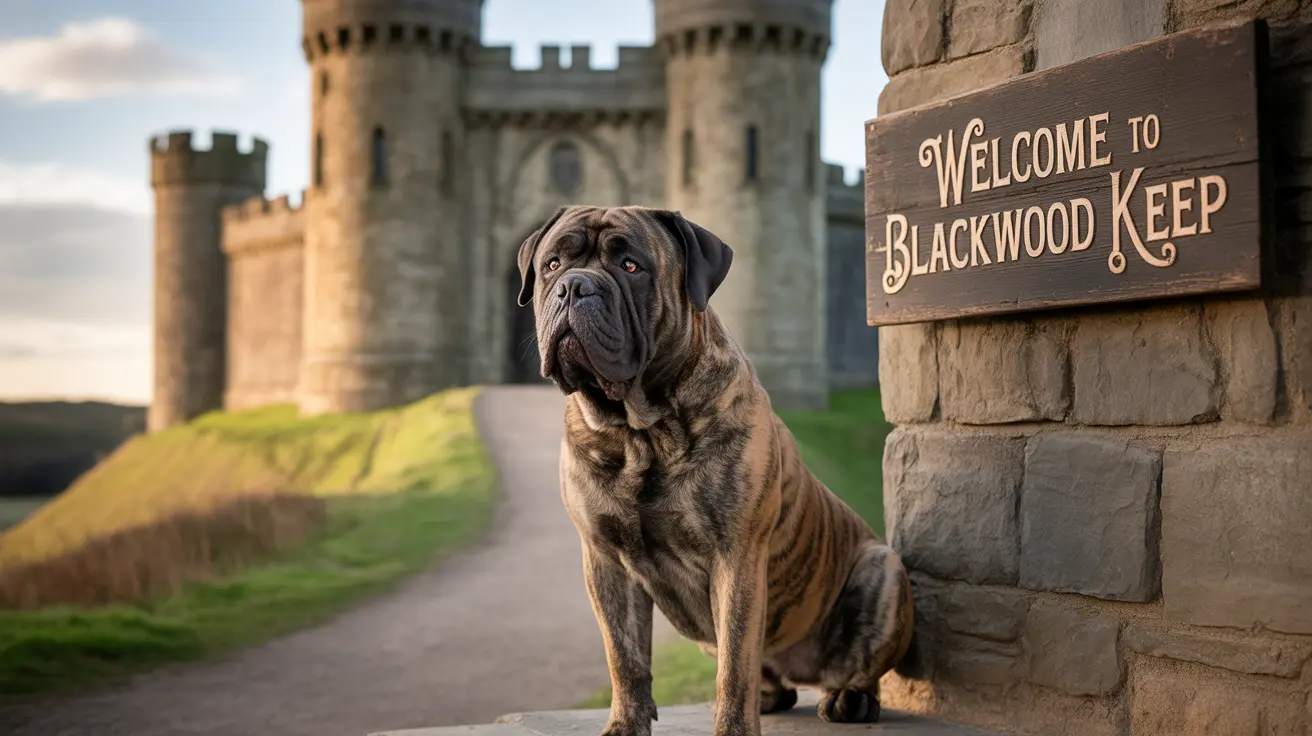The majestic Mastiff breed has a fascinating history spanning over 4,000 years, evolving from ancient war dogs to today's gentle family guardians. These impressive dogs, known for their massive size and noble bearing, were carefully bred throughout history to serve various crucial roles in human society.
Understanding what Mastiffs were bred for helps us appreciate not only their historical significance but also their modern-day temperament and capabilities. Let's explore the fascinating journey of this remarkable breed from ancient battlefields to contemporary homes.
Ancient Origins and Early Purpose
Mastiffs trace their roots back to ancient civilizations, with evidence of their existence appearing in Babylonian bas-reliefs dating to 2200 BCE. These early Mastiff-type dogs were prized for their impressive size and strength, catching the attention of Phoenician traders who introduced them to ancient Britain.
The Romans, upon discovering these powerful dogs in Britain, recognized their potential and began incorporating them into their military campaigns and arena spectacles. This marked the beginning of the breed's widespread use across various civilizations.
Military and Protection Roles
Throughout history, Mastiffs served as formidable war dogs, accompanying armies into battle and protecting military camps. Their intimidating presence and natural protective instincts made them invaluable assets on the battlefield. Notably, Kubla Khan reportedly maintained thousands of Mastiffs for both hunting and warfare.
In medieval England, Mastiffs gained prominence as estate guardians, patrolling castle grounds and deterring intruders. The breed's reputation for loyalty and protective instincts led to their widespread use as property guardians throughout Europe.
Evolution into Working Dogs
As societies evolved, so did the Mastiff's roles. During the Middle Ages, these dogs were unfortunately used in blood sports such as bear-baiting and dog fighting. However, after these cruel practices were banned in 1835, breeding focused on developing gentler temperaments while maintaining their protective instincts.
The development of the Bullmastiff in the 19th century exemplifies this evolution, as gamekeepers needed swift, quiet guardians to catch poachers. This new breed combined the Mastiff's size with greater agility and stealth.
Modern Role and Purpose
Today's Mastiffs serve primarily as family companions and home guardians. Their breeding now emphasizes a balance between their historical protective instincts and a gentle, patient temperament suitable for family life. Modern Mastiffs typically weigh between 175-200 pounds and stand over 30 inches tall at the shoulder.
Despite their imposing size, contemporary Mastiffs are known for their calm demeanor and affectionate nature with their families. They retain their natural guarding instincts but express them through watchful attention rather than aggression.
Frequently Asked Questions
What were Mastiffs originally bred for throughout history?
Mastiffs were originally bred for warfare, protection, and guarding. Ancient civilizations valued them for their size and strength, using them in military campaigns, estate protection, and as guardians of property and livestock.
How did Mastiffs serve as guard dogs and protectors in ancient and medieval times?
Mastiffs patrolled estates, castles, and properties, using their impressive size and natural protective instincts to deter intruders. They were particularly valued in medieval England, where they were released at night to guard large estates.
Were Mastiffs ever used in warfare or blood sports, and how did those roles shape the breed?
Yes, Mastiffs were extensively used in warfare by various civilizations, including the Romans and Celts. They were also unfortunately used in blood sports like bear-baiting until 1835. These roles influenced their development as powerful, courageous dogs, though modern breeding has focused on gentler temperaments.
How has the purpose of Mastiffs changed from their historical roles to modern times?
Modern Mastiffs have evolved from warrior dogs to family companions and home guardians. While they retain their protective instincts, breeding now emphasizes gentle temperaments and social compatibility with families.
What specific traits make Mastiffs effective as protectors and family guardians today?
Mastiffs combine natural protective instincts with a calm, patient temperament. Their imposing size serves as a natural deterrent, while their intelligence and loyalty make them excellent guardians who can distinguish between genuine threats and normal household activities.
Conclusion
From ancient warfare to modern family companionship, Mastiffs have demonstrated remarkable adaptability throughout their long history. While their primary purpose has evolved significantly, these gentle giants continue to excel in their role as loyal protectors and beloved family members, proving that their breeding has successfully balanced their protective heritage with the gentle temperament needed in today's world.






